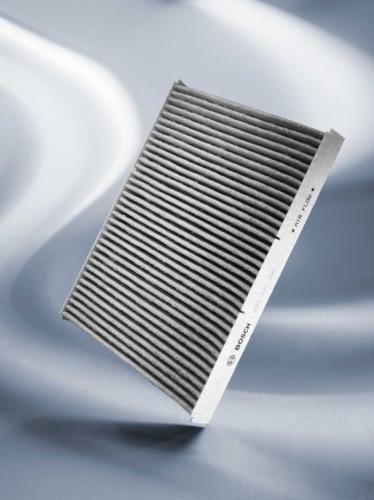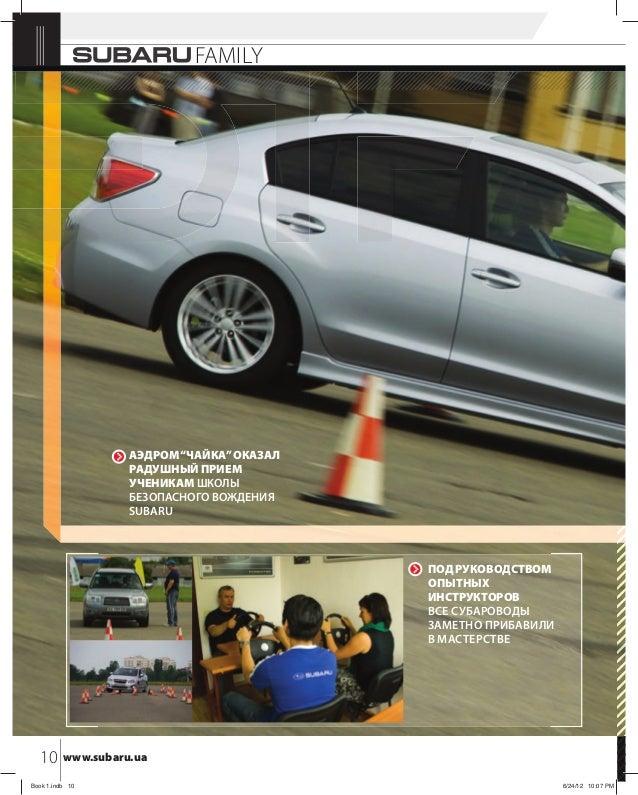
Remember the filter
 Cabin filters should be replaced once a year or after driving 15 kilometers. km. Many car owners forget about this, and getting dirt into the car interior can have a negative impact on the driver and passengers.
Cabin filters should be replaced once a year or after driving 15 kilometers. km. Many car owners forget about this, and getting dirt into the car interior can have a negative impact on the driver and passengers.
Cabin filters should be replaced once a year or after driving 15 kilometers. km. Many car owners forget about this, and getting dirt into the car interior can have a negative impact on the driver and passengers.
Cabin filters don't just help people with allergies, allergies or asthma. Thanks to them, the well-being of the driver and passengers improves, and the trip becomes not only safer, but also less stressful. In traffic jams, we are exposed to the inhalation of harmful substances, the concentration of which in the passenger compartment is up to six times higher than on the side of the road. Fresh air in the car interior, free from exhaust gases, dust and unpleasant odors, protects against fatigue and headaches. 
Another reason to change the filter is when the temperature rises, which prompts the use of the air conditioner. After winter, the filter beds are usually full, which greatly reduces the air flow. This can lead to overload or even overheating of the fan motor.
How the filter works
The function of the cabin filter is to clean the air entering the driver's cab. This is achieved by three or, in the case of activated carbon filters, four layers built into the plastic housing. The first, initial layer traps the largest particles of dust and dirt, the middle fleece - hygroscopic and electrostatically charged - traps microparticles, pollen and bacteria, the next layer stabilizes the filter, and an additional layer with activated carbon separates harmful gases (ozone, sulfur and nitrogen compounds from exhaust gases). gases). Placing a filter in front of the fan rotor protects the fan from being damaged by sucked-in solids.
Efficient Filtration
The efficiency and durability of the cabin air filter is significantly affected by the quality of the materials used and the precision of workmanship. Paper cartridges should not be used in cabin filters as they significantly reduce pollutant absorption capacity and filtration accuracy when wet. Filter cartridge made of artificial fibers, so-called. Microfiber is hygroscopic (does not absorb moisture). The consequence of this is that in low-quality filters, the filter layers are not resistant to moisture, which forces users to replace the filter frequently - even after several thousand kilometers.
In turn, the level of dirt separation depends on the quality of the non-woven fabric used as a filter layer, its geometry (uniformity of the folds) and a stable and tight shell. A well-made housing, connected to the filter material, ensures the proper tightness of the filter and prevents the release of contaminants outside the filter material.
The corresponding nonwoven material is electrostatically charged and its layers have a density that increases with the direction of the air flow. In addition, it has antiseptic properties, and the arrangement of its fibers ensures maximum dust absorption with a reduced working surface. Thanks to this, the cabin filter is able to stop almost 100 percent. allergy to pollen and dust. Spores and bacteria are filtered by 95% and soot is filtered by 80%.
Cabin filters with activated carbon
In order to protect your own health, it is worth using an activated carbon cabin filter. It is the same size as a standard filter and further traps harmful gases. In order for an activated carbon cabin filter to 100% separate harmful gaseous substances (ozone, sulfur and nitrogen compounds from exhaust gases), it must contain high-quality activated carbon. Equally important is the way it is applied to the filter layer. It is important that the charcoal particles are evenly distributed in the base and are firmly bound to it (do not “fall out” of the filter).
Source: Bosch

